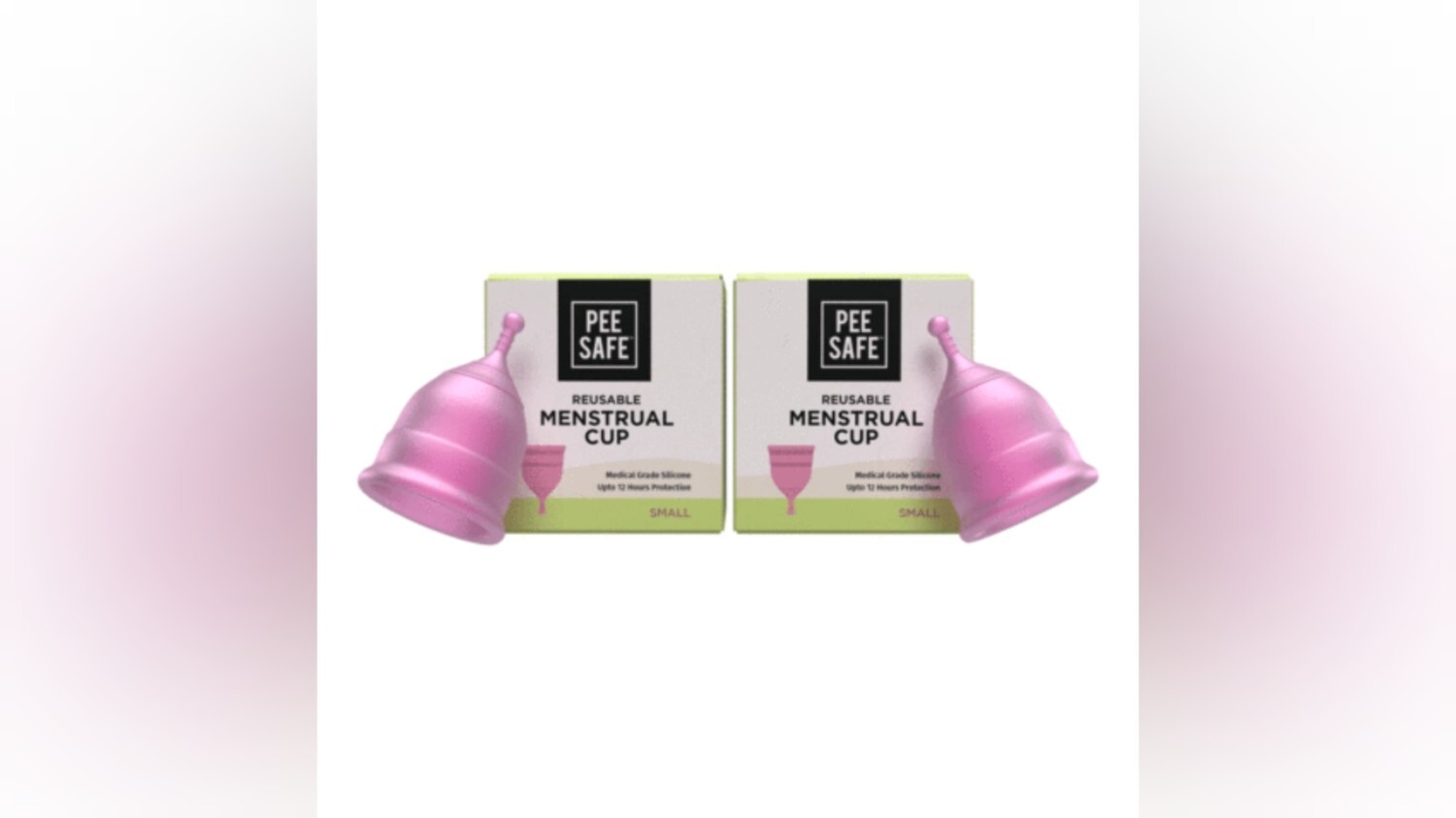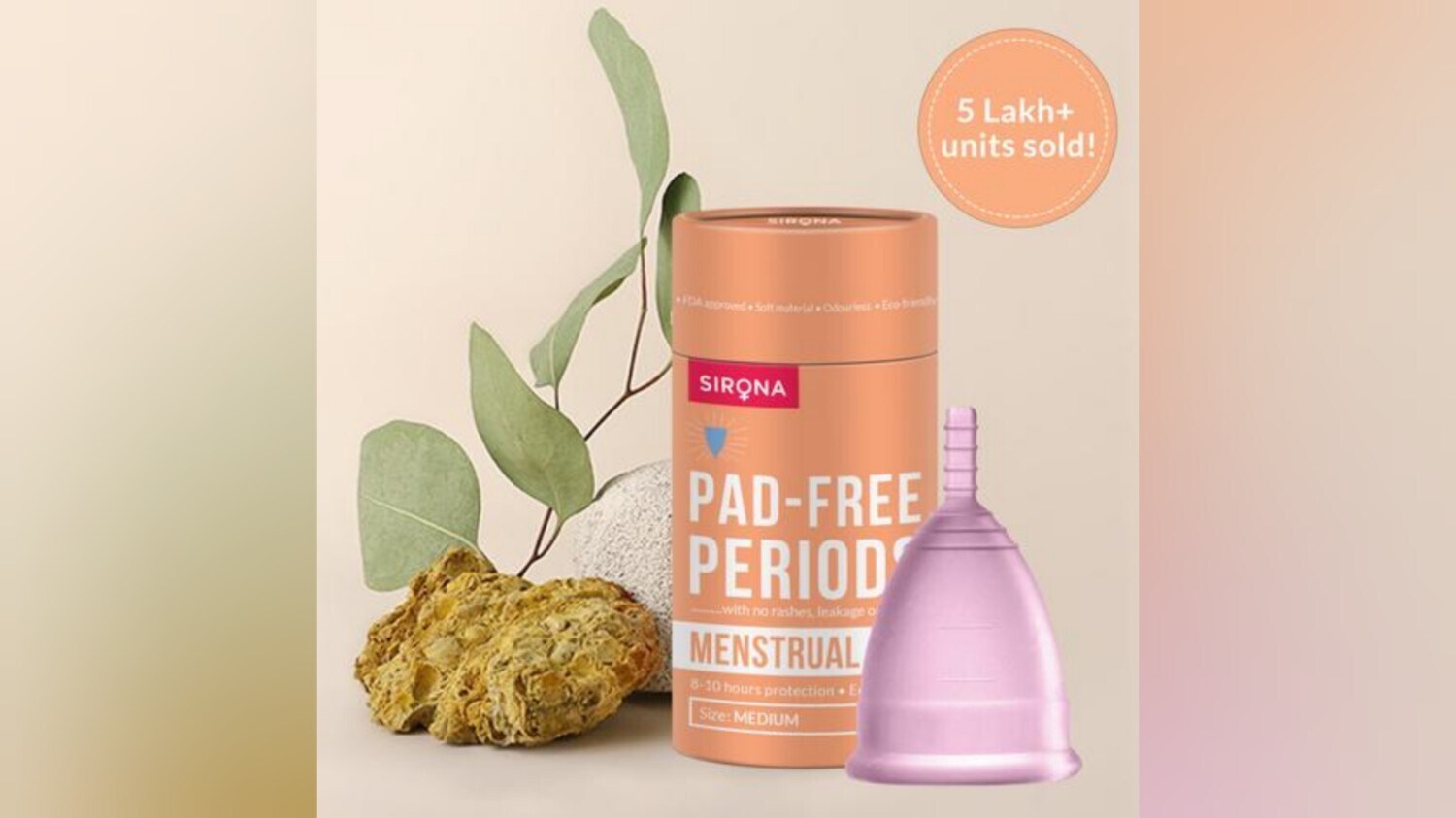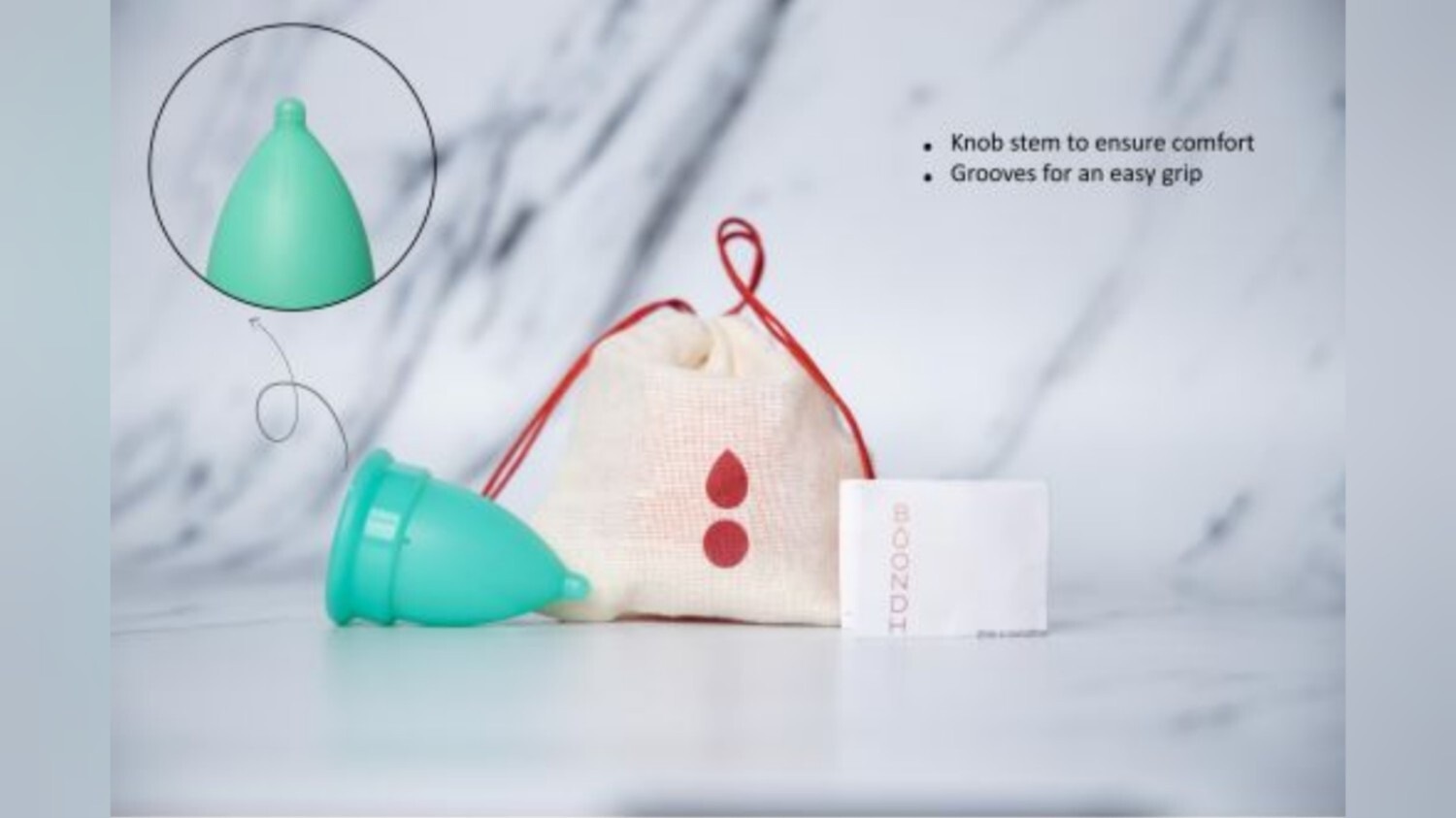The adaptable, leak-proof menstrual cup is no longer a niche product; social media has cultivated a dignified, transparent discourse around menstrual health and the market is exploring convenient, economical alternatives to pads and tampons. The menstrual cup is a medical-grade, reusable cup that’s funnel-shaped and typically made of silicone.
While the patent of the menstrual cup has been around since 1884, an early version of the usable cup only came into being around 1932 and eventually found popularity in the United States over the next few decades. Menstrual cup companies have reportedly struggled to find a footing in the Indian market but urban consumers have begun exploring the cup, its eco-friendliness being one of its biggest USPs. A single menstrual cup can be used for a decade if maintained properly. Using the cup drastically reduces the cost a woman has to bear every month for menstrual hygiene.
While many women continue to use traditional sanitary napkins or tampons some of them have made the switch to reusable cups. We conducted a short survey on Instagram to gauge if Kolkata’s women know about the menstrual cup and 67% of women voted yes, while 33% of women said no.

OMG! Tried it! Loved it! Never going back!
The menstrual cup seems to have found a steady fan base in the city as quite a few women swear by the product. Be it the convenience of a more durable fluid collector (menstrual cups can stay in for about 12 hours) or the nature-loving aspect, these consumers are here for it.
“The cup is so easy to use, it’s comfortable and even holds more blood than sanitary napkins, what’s not to love?” exclaims Ushnisha Roy, a Master’s student and cup user.
Most sanitary napkins users often complain about nasty pad rashes that make periods even more inconvenient than they already are, but the cup eliminates this aspect.
“Periods have never been this comfortable before. It's a life-changer,” says Sanandita Ghanty, a fashion student who has been using the cup for almost a year.

The cup is so easy to use, it’s comfortable and even holds more blood than sanitary napkins, what’s not to love?
Ushnisha Roy
Know of it. Want to try it. Should I?
While most consumers who have switched to the cup are in their 20s, many young women are sceptical about it, despite being well-informed.
“I did plan on trying it but after my friend gave a rather scary review of how difficult it was for her I’ve been sceptical. Although I would consider the possibility of switching in the future given it’s a more sustainable and eco-friendly tool,” shares Tanista Bhagawati, a Master’s student.
Having to insert the cup and removing it to dispose of its contents while on their period, especially in public toilets, is a source of anxiety for quite a few users.
Entrepreneur Srabonti Ganguly reveals, “Removing the cup to clean up in a public toilet or otherwise may be more challenging than disposing of a pad. Pads are easily disposable, easy to carry in case one has to change frequently.”
Many consumers in their 30s are creatures of habit and are simply not willing to put in the energy, time or effort to adapt to something so drastically different.
“I’m not ready to step out of my comfort zone. Trying something new means breaking old habits. The pads are an easy and convenient option for the ‘70s or the ‘80s kids,” weighs in makeup artist, Sne Aribam Sharma.

I’m not ready to step out of my comfort zone. Trying something new means breaking old habits. The pads are an easy and convenient option for the ‘70s or the ‘80s kids
Sne Aribam Sharma
Want to make the switch? Here’s all you need to know
Making the switch to a menstrual cup is a big decision. Make sure you have covered all bases before you take the leap:
- Learn how to insert and remove the cup. YouTube can help, some videos on the video-sharing site are not only detailed but also beginner-friendly and use visual aids. Get to know the different ways to fold the cup during insertion—7 fold, C fold and punch down are the most popular—and ways to remove it.

- Learn about the upkeep of the cups. Make sure you boil the cup for 5 to 6 minutes before and after your cycle to ensure that your cup is free of any bacteria. Always use a fragrance-free mild soap to wash your cup and make sure you discard it if there is a tear or discolouration in the cup.
- Choose the correct size. Menstrual cups usually come in three sizes, one for girls under the age of 18, one for women above the age of 18 who have not given birth vaginally and one for women who have given birth vaginally. While these are just indicators of size, do your research to understand which cups will fit you best.
Here are some of the cups you can buy to make the switch:

Get the PeeSafe Menstrual Cup here.

The Sirona Reusable Menstual Cup with Pouch is available here.

The Boondh Cup comes in a cotton pouch with a detailed user manual.

Lemme Be Z Cup has a unique tilted shape and protruding belly that allows it to hug your body.
